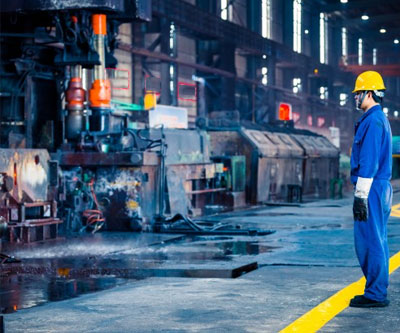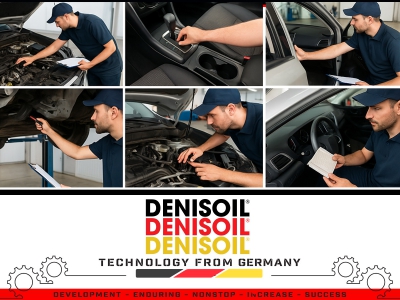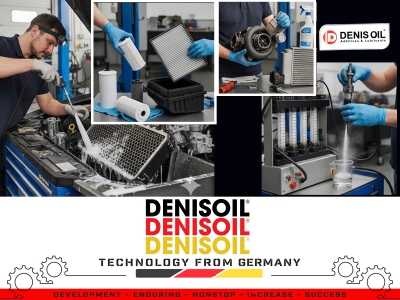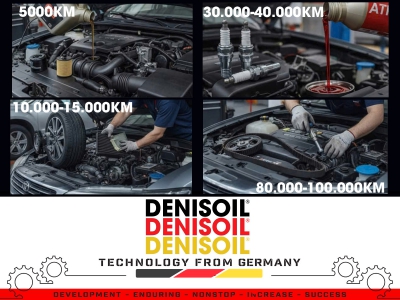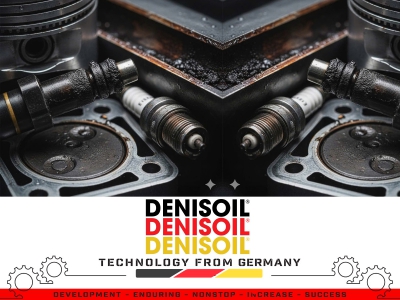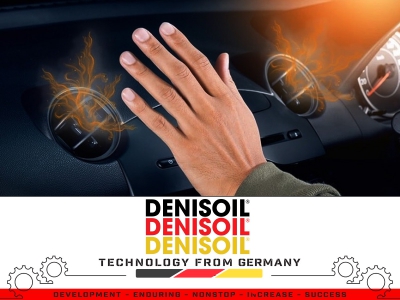1. Sump Cleaning & Fluid Housekeeping
In CNC machining centers, hydraulic oil and slideway oil are often used to lubricate the system. However, these two types of oil are not soluble in water, so during operation, foreign oil (tramp oil) from these parts will leak and float to the surface of the cutting oil tank.
If not removed periodically, this amount of foreign oil and impurities will:
• Create an anaerobic environment favorable for bacteria to grow.
• Cause bad odor, oil rot, reduce cooling and lubrication capacity,
• Reduce the life of cutting fluid and affect the quality of machined surface.
Technical solution:
Equip an oil skimmer or belt skimmer to periodically remove the floating oil layer on the tank surface, maintaining the cleanliness of the solution.
Combine sump cleaning every 2–3 months to remove chips, dirt and biofilm.
Note: Regular cleaning helps prevent the formation of anaerobic bacteria and prolongs the oil life by 1.5–2 times.
2. Mixing cutting oil properly (Mixing Procedure)
Each type of material and machining process (grinding, drilling, turning, milling, reaming...) requires a different concentration of cutting oil to achieve optimal lubrication – cooling – anti-rust effect.
• Grinding: recommended concentration of ~5%.
• Cutting, drilling, turning, milling: concentration of 5–10% depending on the load and material.
• Machining copper or copper alloy: choose neutral oil, free of active amines.
• Do not use water-based oil for processing Magnesium (Mg) – risk of explosion due to chemical reaction.
Technical mixing principles:
• Always add oil to water (water first, oil later) — not the other way around.
• Use a mixing tank or a specialized mixer system to ensure a homogeneous emulsion.
• Use water that meets standards (RO, DI or softened tap water), do not use well water because it contains Fe²⁺, Mn²⁺, Cl⁻, SO₄²⁻ ions that cause precipitation and break the emulsion.
Remember: “Oil to water – not the other way around” helps avoid separation, oil floating and reduces the risk of foaming.
3. Fluid Quality Control
Maintaining stable cutting fluid quality is a core factor in machining fluid management. Parameters to be monitored periodically:
Indicators Recommended limits Control methods
Water hardness (CaCO₃, MgCO₃) 50 – 200 mg/L Check periodically with a kit or TDS meter
Solution pH 8.0 – 9.0 (optimum 8.5 ±0.5) Use litmus paper or pH meter
Solution concentration (%) 6 – 8% (depending on requirements) Check with a refractometer
Oil tank temperature < 35 °C Control ventilation, avoid overheating
Tramp oil contamination < 2% Remove scum periodically with a skimmer
Daily maintenance instructions:
• Check and record pH, oil concentration, odor, and solution color.
• Add concentrate instead of just adding water.
• Use a measuring cup to accurately control the amount of oil added.
• Keep a log of the concentration of each machine, update the amount of oil and water added daily.
Maintaining a stable concentration helps prevent oil separation, reduces lubrication efficiency and limits the growth of microorganisms.
4. Technical notes for effective oil management (Best Practices)
• Do not use well water containing many metal ions, organic impurities, sulfides or chlorides.
• Use RO or DI water to ensure emulsion stability (should only be used when the hardness is adjusted to the recommended level).
• Circulate oil for machines that are stopped for a long time to avoid separation and odors.
• Clean the chips and filter net daily, do not let chips accumulate and cause flow blockage.
• Suck out oil and clean the tank periodically every 2-3 months.
• Change the oil and clean the entire system at least once a year.
• Establish a fluid management team responsible for measuring, monitoring, mixing, maintaining and changing oil according to standard procedures (Fluid Management Team).
Controlling oil quality according to technical standards not only helps prolong the life of the solution, but also reduces consumption costs, improves machining accuracy and ensures a safe working environment.
 Tiếng Việt
Tiếng Việt
 Chinese
Chinese
 English
English


